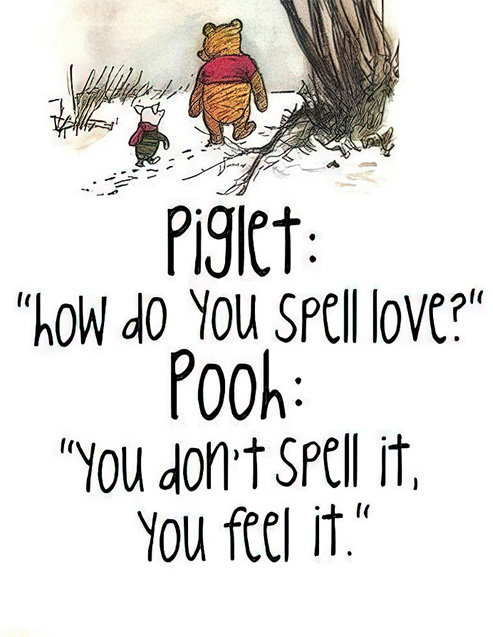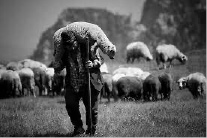Take a moment to recall when your best friend invited you home to their place for the first time . . . . my guess is something in the relationship changed! You were no longer one a group of kids hanging out at school, sitting together and eating lunch, playing together in the playground, sitting in the same classroom. No, now you met her Mum and Dad, any siblings your friend may have had, the family pet. More than likely you spent some time in your friend’s bedroom, saw where they slept, the cover of the duvet, what your friend had stuck on their wall! In a real sense, you “knew” them in an extraordinarily different way. You had been inside their world!
This Sunday’s Gospel (Jn. 14:23 – 29) has this most beautiful of phrases, “we will come and make our home in you.” The question I hold is quite simple: do I truly believe that? For many reasons that truth has been forgotten. Now, many people go and “make a visit” before the Blessed Sacrament; many Churches have a celebration called, Exposition where the Blessed Sacrament is ‘exposed’ for a period of time, (during the COVID lockdown one Bishop recommended people drive their car to their local Church, sit in their car outside and so ‘make a visit’! I need to declare that when I read that, I quite literally cried! What an insult to the indwelling of Christ in the baptised person, “Christ lives in me” exclaims St Paul in his letter to the Galatians (2:20). But, we protest, He is not as real as He is in the Blessed Sacrament; locked behind a door in the Tabernacle, or exposed in a glittering monstrance upon the altar. How, I ask, can the Risen Christ be more real! Please, do not do the Risen Christ such a disservice.
Of course, having someone come and “make our home in you” bespeaks presence, immediacy and intimacy; a “visit” means coming and going, a much safer option! Making our home in you declares putting down roots.
An early Christian writer said that the Word became flesh “so that God should become accustomed to living in us, and that we should become accustomed to living in God.”
For the next several days in our liturgy the readings selected make reference to the Holy Spirit, the promised Helper or Comforter. This is because in two weeks’ time there will be the great feast of Pentecost. The Spirit will come not just for a visit but to remain with us.
What kind of comfort can we expect from the Comforter? Look more closely at the word ‘comfort’. Modern usage has weakened its meaning to softness and gentle touches. We have in fact a fabric softener called ‘Comfort’!; in fact the word has come to mean just about the opposite of its real meaning! The word comes from the Latin confortare, which means ‘to strengthen’; fortis means ‘strong’. Comfort therefore means strength! The Holy Spirit will make us robust.
Our future is unknown and that may be unsettling, however we have not been abandoned. Jesus tells us not to let our hearts be troubled or afraid. (The phrase “do not be afraid” occurs 365 times in the Bible. (Once for each day of the year!) If we open ourselves and allow ourselves truly to experience God’s presence, then our hearts can be nourished by the gift of peace – God’s peace, a peace the world cannot give.
To quote the 13th century Dominican theologian and mystic Meister Eckhart, “You need not seek Him here or there, God is no further than the door of your heart; there He stands patiently awaiting whoever is ready to open up and let Him in. No need to call to Him from afar: He can hardly wait for you to open up. He longs for you a thousand times more than you long for Him.”




